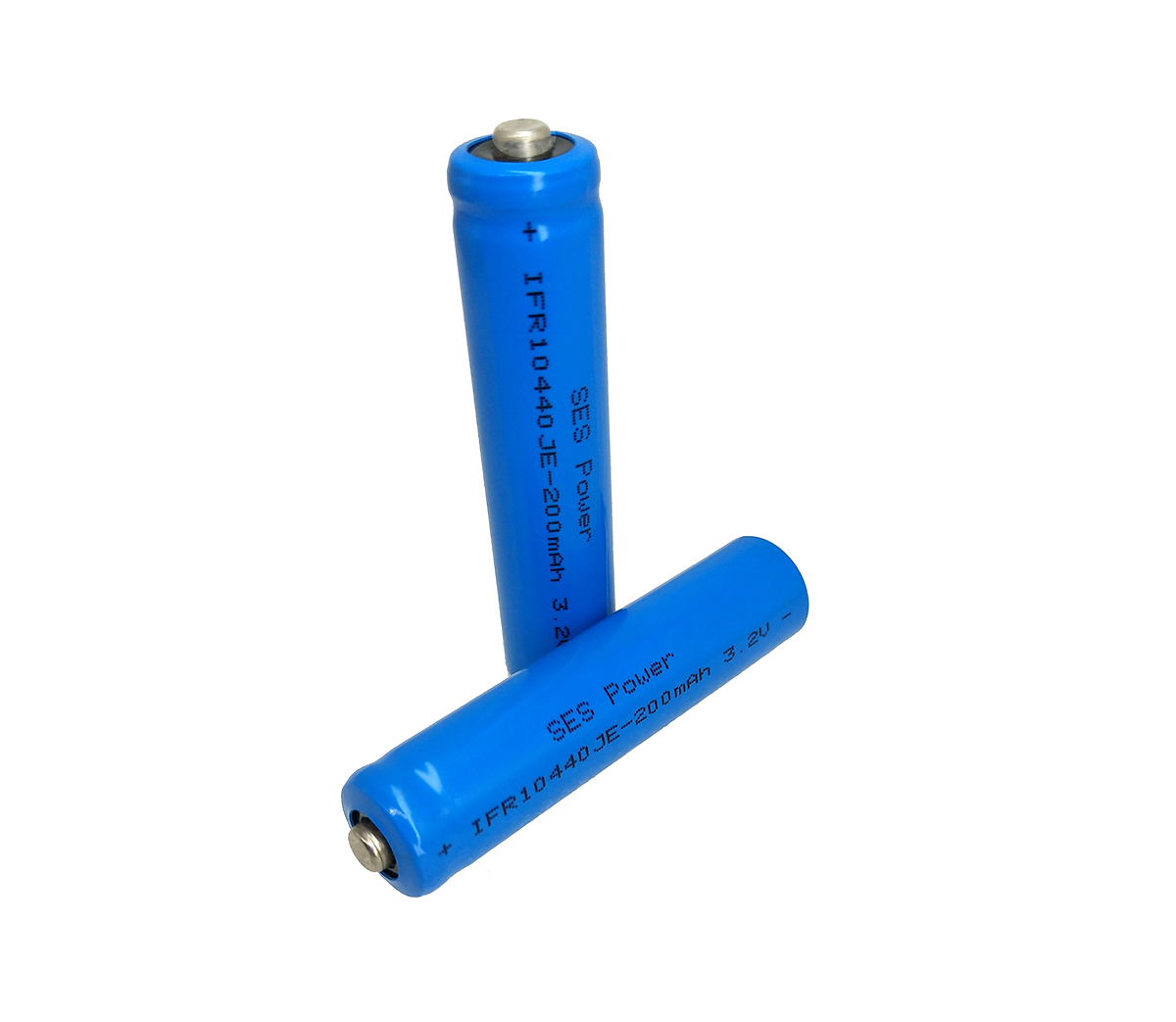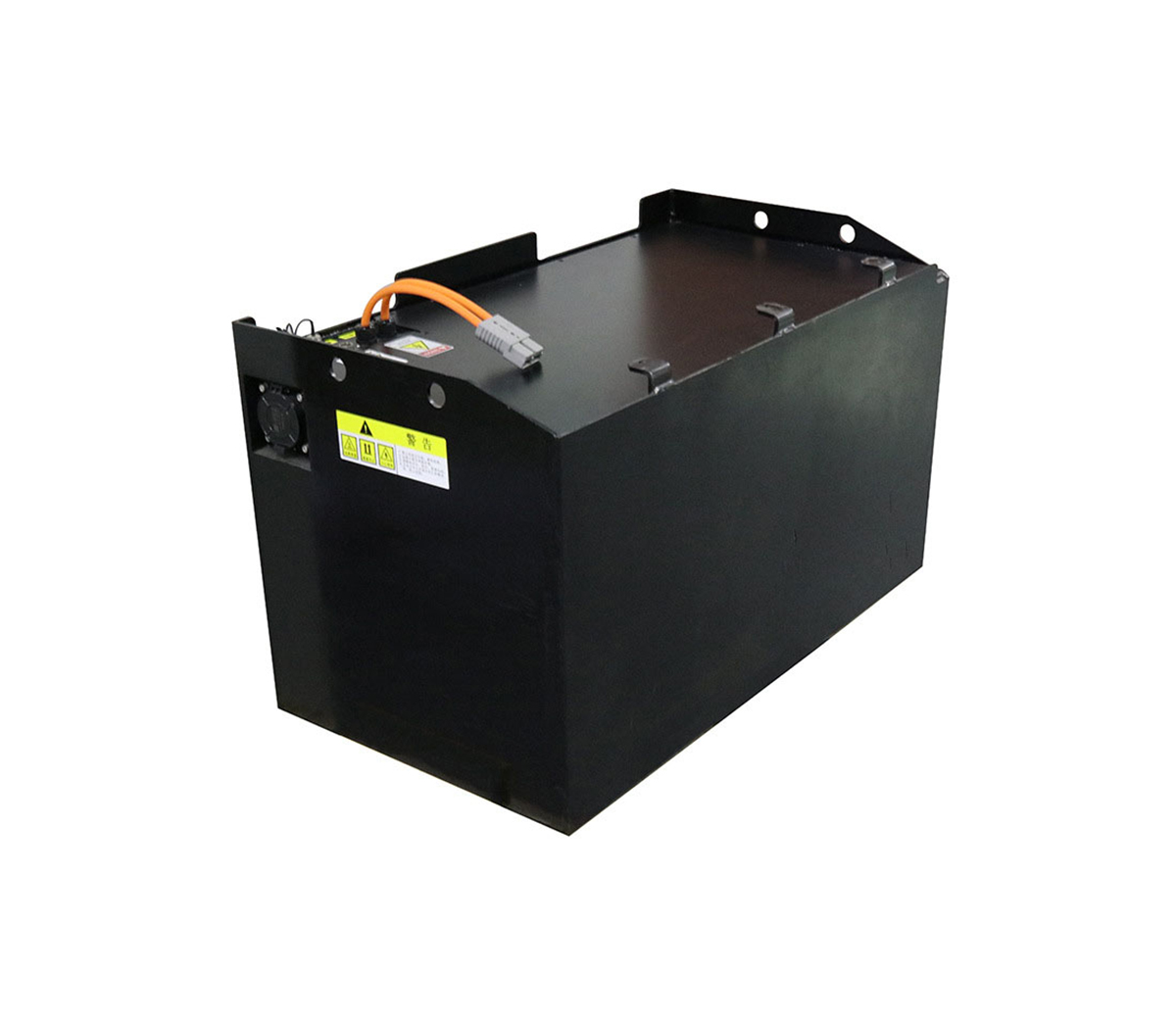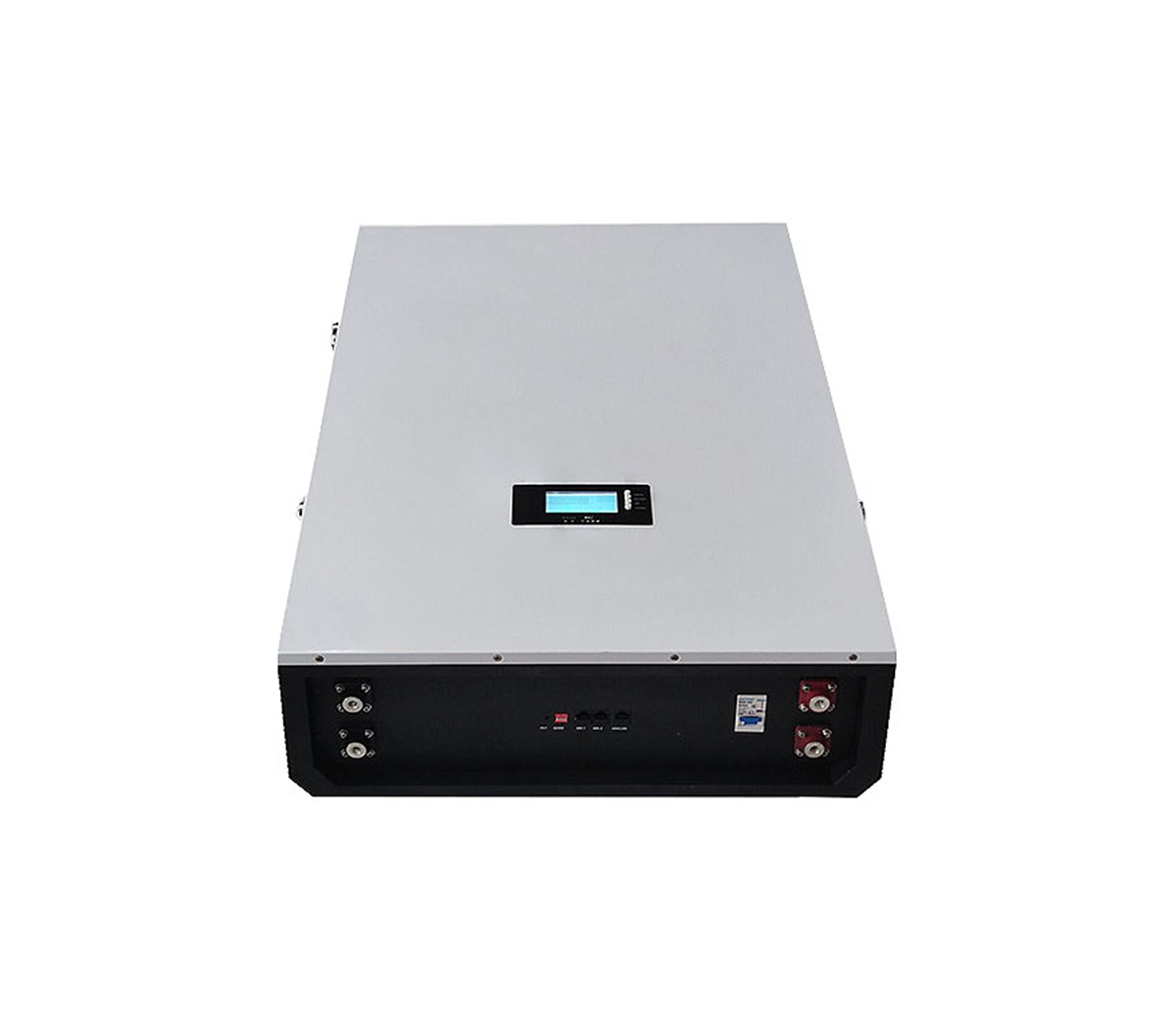Lithium battery cannot be charged quickly? why
Why can't lithium batteries be charged quickly? I will take you to
explore.
For lithium-ion battery pure electric vehicles, the difficulty of charging
is still a big problem, so "fast charging" has become a gimmick of many
manufacturers. The author personally believes that the problem of fast charging
of lithium batteries needs to be analyzed from two levels. From the cell level,
the rate performance of lithium-ion batteries is restricted by the intrinsic
transmission characteristics of the positive electrode/electrolyte/negative
electrode material collocation system on the one hand, and on the other hand,
the pole piece technology and cell structure design also have a greater impact
on the rate performance. Big impact. But in terms of the most intrinsic
carrier conduction and transport, lithium batteries are not suitable for "fast
charging". The intrinsic carrier conduction and transport of the lithium battery
system are determined by several main factors: the conductivity of the anode and
cathode materials, the lithium ion diffusion coefficient, and the conductivity
of the organic electrolyte. Based on the embedded reaction mechanism, the
diffusion of lithium ions in the cathode material (one-dimensional ion channel
olivine, two-dimensional channel layered material and three-dimensional channel
spinel cathode material) and anode graphite anode material (layer structure) The
coefficient is generally several orders of magnitude lower than the rate
constant of the heterogeneous redox reaction in water-based secondary
batteries. Moreover, the ionic conductivity of organic electrolyte is two
orders of magnitude lower than that of aqueous secondary battery electrolyte
(strong acid or alkali). There is a layer of SEI film on the surface of the
negative electrode of the lithium battery. In fact, the rate performance of the
lithium battery is largely controlled by the diffusion of lithium ions in the
SEI film. Since the polarization of the powder electrode in the organic
electrolyte is much more serious than that of the water system, lithium is
likely to be deposited on the surface of the negative electrode under high-rate
or low-temperature conditions, which brings serious safety hazards. In
addition, under high-rate charging conditions, the crystal lattice of the
positive electrode material is easily damaged, and the graphite sheet layer of
the negative electrode may also be damaged. These factors will accelerate the
attenuation of the capacity, which will seriously affect the service life of the
power battery. Therefore, the essential characteristics of the embedded reaction
determine that lithium-ion batteries are not suitable for high-rate charging.
The research results have confirmed that the cycle life of the single battery in
the fast charge and fast release mode will be greatly reduced, and the battery
performance will be significantly degraded in the later period of use. Of
course, some readers may say that lithium titanate (LTO) batteries can be
charged and discharged at a high rate? The rate performance of lithium
titanate can be explained from its crystal structure and ion diffusion
coefficient. However, the energy density of lithium titanate batteries is very
low, and its power use is achieved by sacrificing energy density, which leads to
a high cost per unit energy ($/Wh) of lithium titanate batteries, and low cost
performance determines lithium titanate. Batteries cannot become the mainstream
of lithium battery development. In fact, the sluggish sales of Toshiba's SCiB
batteries in recent years have already explained the problem. At the cell
level, the rate performance can be improved from the perspective of pole piece
technology and cell structure design. Measures such as making the electrode
thinner or increasing the proportion of conductive agent are commonly used
technical means. What's more, some manufacturers even use extreme methods such
as canceling the thermistor in the battery cell and thickening the current
collector. In fact, many domestic power battery companies regard the high rate
data of their LFP power batteries at 30C or even 50C as a technical highlight.
What I want to point out here is that as a test method, there is nothing wrong
with it, but what changes happen inside the battery is the key. Long time
high-rate charging and discharging, maybe the structure of the positive and
negative electrodes has been destroyed, and the negative electrode has already
separated out lithium. These problems need to use some in-situ (In-Situ)
detection methods (such as SEM, XRD and neutron diffraction, etc.) to solve
these problems. clear. It is a pity that these in-situ detection methods have
hardly been reported in domestic battery companies. The author here also reminds
readers to pay attention to the difference between the charging and discharging
process of lithium battery. The difference from the charging process is that the
damage caused by the lithium battery at a higher rate (external work) to the
battery is not as serious as fast charging. This is the same as other The
water-based secondary battery is similar. But for the actual use of electric
vehicles, the demand for high-rate charging (fast charging) is undoubtedly more
urgent than high-current discharge. When rises to the level of the battery
pack, the situation will be more complicated. During the charging process, the
charging voltage and charging current of different single batteries are not
consistent, which will inevitably cause the charging time of the power battery
to exceed the single battery. This means that although the single battery can be
charged to half the capacity within 30 minutes using conventional charging
technology, the battery pack will definitely exceed this time, which to a
certain extent means that the advantages of fast charging technology are not
very good. obvious. In addition, during the use (discharge) of lithium-ion
batteries, the consumption of its capacity and the discharge time are not
linearly related but decrease with time. For example, if an electric car has a
full-charged driving range of 200 kilometers, when it runs 100 kilometers
normally, the power battery may still have 80% of its capacity. When the battery
capacity is 50%, the electric car may only be able to travel. 50 kilometers
away. This characteristic of lithium-ion batteries tells us that just charging
the power battery to half or 80% is completely unable to meet the actual needs
of electric vehicles. For example, Tesla’s popular fast charging technology is
actually more gimmick than practical in my opinion, and fast charging will
seriously deteriorate the battery’s service life and performance, and bring
safety hazards. Since lithium batteries are inherently not suitable for fast
charging, in theory, the battery swap mode can make up for the shortcomings of
fast charging. Although the design of the power battery to be pluggable will
bring about the structural strength of the vehicle and the problems of
electrical insulation, and there are also super problems of battery standards
and excuses, but the author personally believes that this mode can be a solution
to the problem of fast charging of lithium batteries. A technically (only
technically speaking) method is more feasible. In the author’s opinion, the
reason why the “battery leasing + swapping model” has no successful precedent in
the world, apart from the problem of consumption habits (car owners think that
the battery is the same as the car’s private property), the main obstacle lies
in the hidden technology The huge benefit distribution problem behind the
standard. In highly market-oriented Western countries, it is much more difficult
to solve this problem than in China. The author personally believes that in the
future, the battery swap mode may have more room for development in the two
areas where public buses and taxis are concentrated in the use of pure electric
vehicles.


































